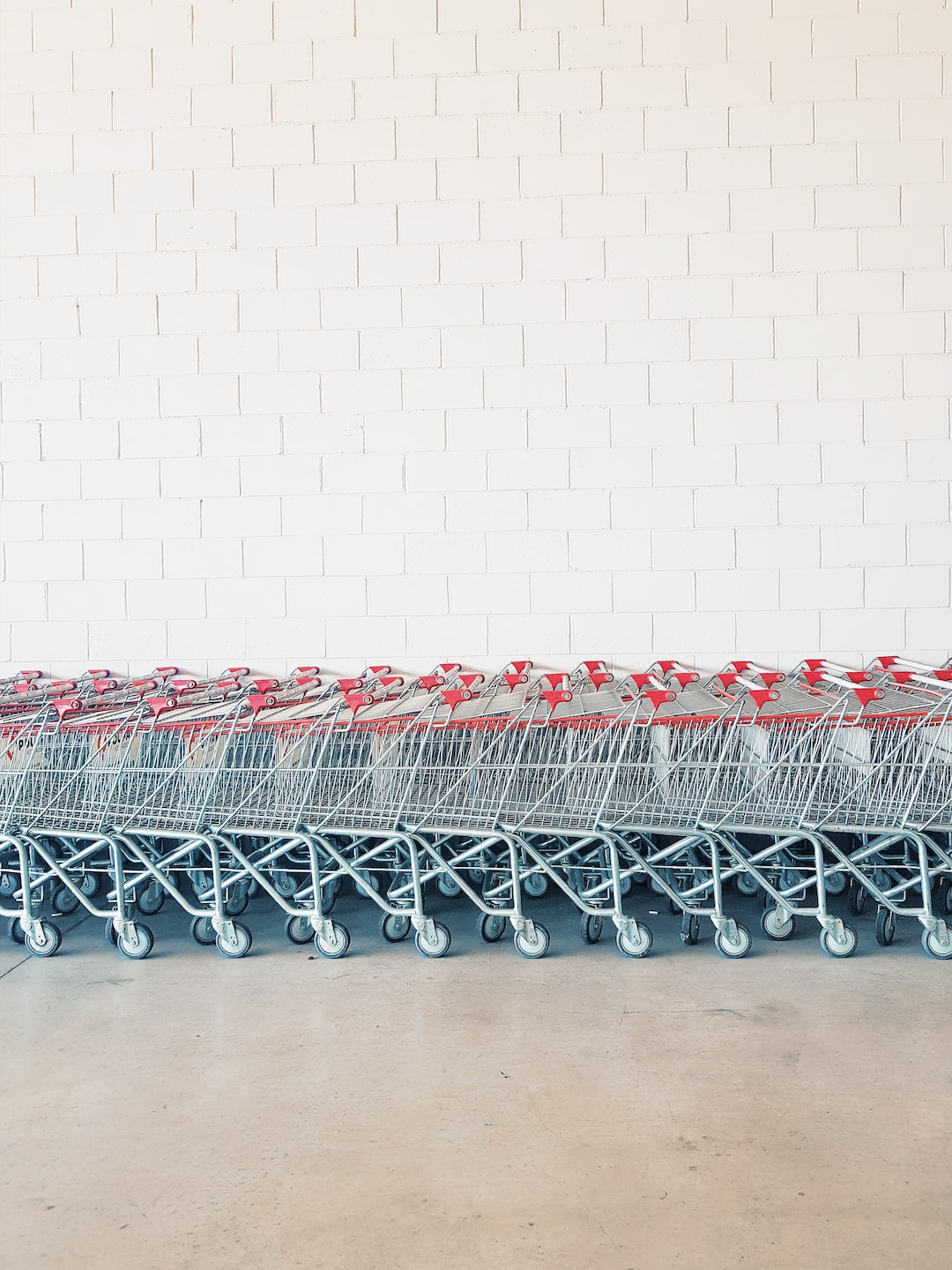The manufacturing industry relies heavily on machines, and the breakdown of even a single machine can cause a significant delay in the production process. The traditional approach to maintenance is to wait for a machine to break down and then fix it, which can result in downtime and lost production. However, with the fast-paced nature of the manufacturing industry, predictive maintenance has become essential to streamlining operations and improving efficiency.
Predictive maintenance is a system that predicts when machines or equipment are likely to fail, giving manufacturers the chance to carry out maintenance before the failure happens. This approach differs from reactive maintenance, where repairs are made only after a breakdown has occurred, and preventative maintenance, which is done at regular intervals even if the machine is not presenting any issues. The main benefit of using predictive maintenance is that it can help to reduce downtime, improve safety, and save money in the long run.
One of the primary advantages of predictive maintenance is its ability to reduce downtime. Predictive maintenance enables manufacturers to identify potential problems before they become an issue. The analysis of data collected from sensors on the machine, for example, can indicate a specific part is degrading or wearing out. This early warning allows technicians to repair or replace the component before it causes a breakdown or leads to a more extensive and costly repair job. Predictive maintenance ensures manufacturers can maximize uptime by minimizing the occurrence of unexpected downtimes.
Safety is critical in the manufacturing industry, and the use of predictive maintenance can also help prevent accidents. It does this by catching problems early before they lead to hazardous situations. The early detection of failures in sensors that monitor machine temperature, for instance, might prevent overheating and reduce the risks of fire accidents. Additionally, the secure maintenance of equipment reduces the likelihood of human error or a dangerous situation where an employee might be injured while repairing a machine.
A manufacturer can save money over time by using predictive maintenance due to the reduction in downtime and the ability to identify problems before they turn into bigger issues. The continuous monitoring of machines can also help the manufacturer to prioritize when to repair or replace equipment before a major failure that might require complete replacement. This approach reduces the need for capital expenditures by spreading the maintenance cost over time.
In conclusion, predictive maintenance is a game-changer for the manufacturing industry. The ability of predictive maintenance to predict machine breakdowns before they occur helps to reduce downtime, increases safety, and save costs in the long run. By leveraging technology to manage equipment maintenance proactively, manufacturers can ensure operational continuity, improve efficiency, and stay competitive in the rapidly evolving landscape of manufacturing. Any manufacturer seeking to stay ahead of the curve and optimize the production process must incorporate predictive maintenance technologies into their systems.

